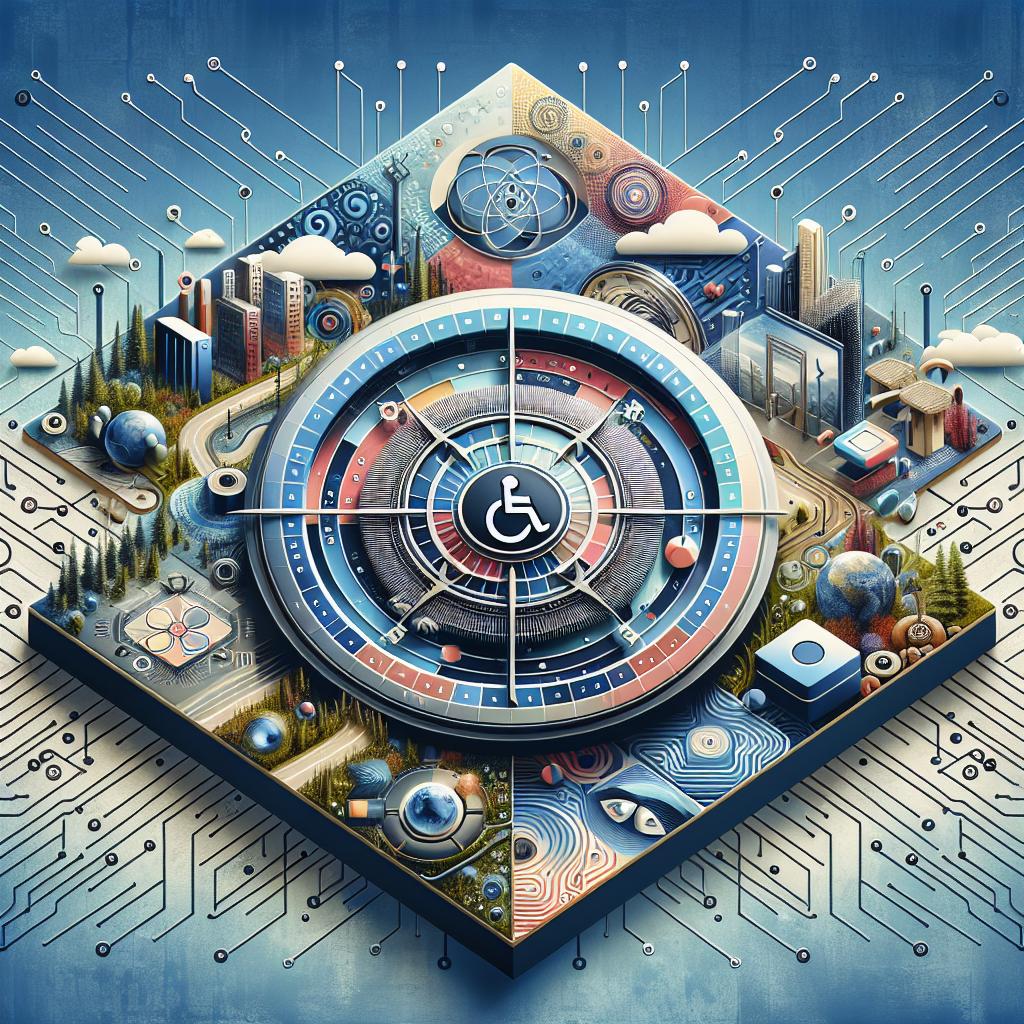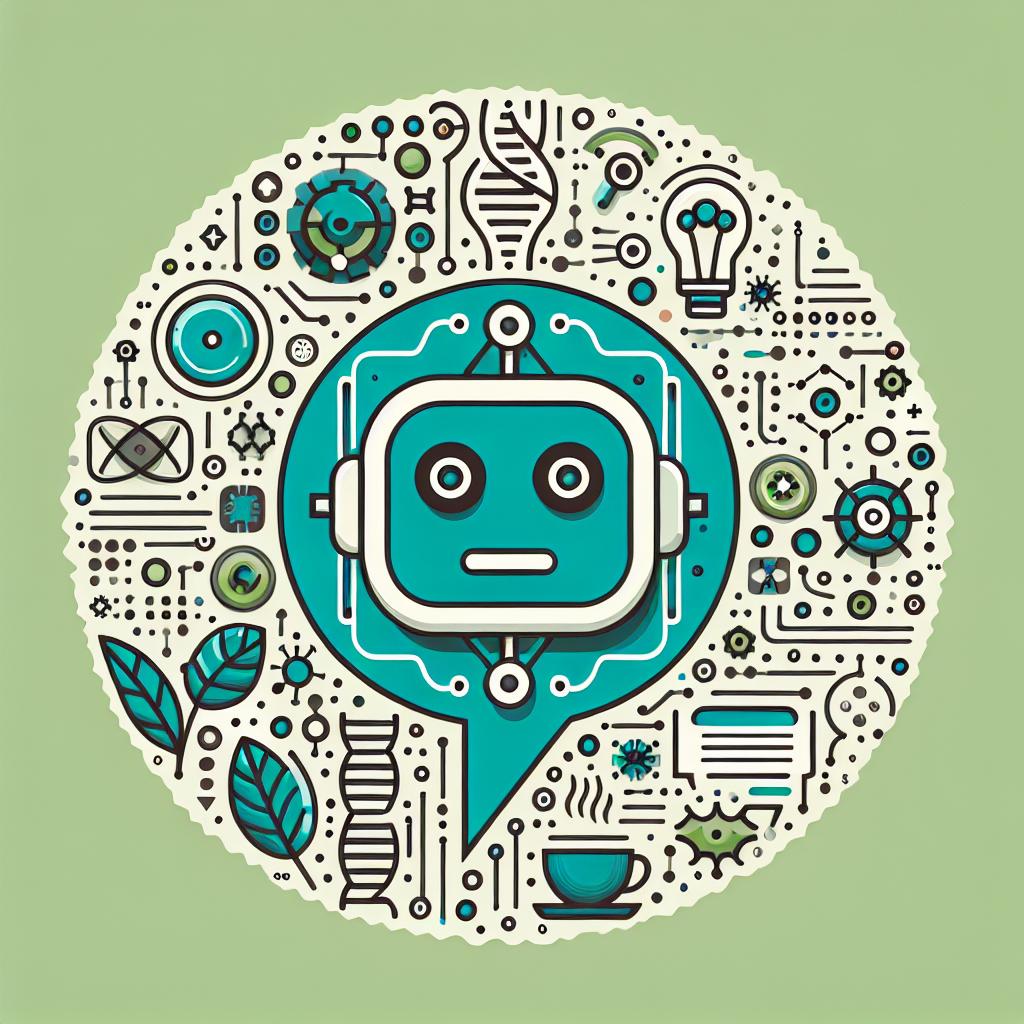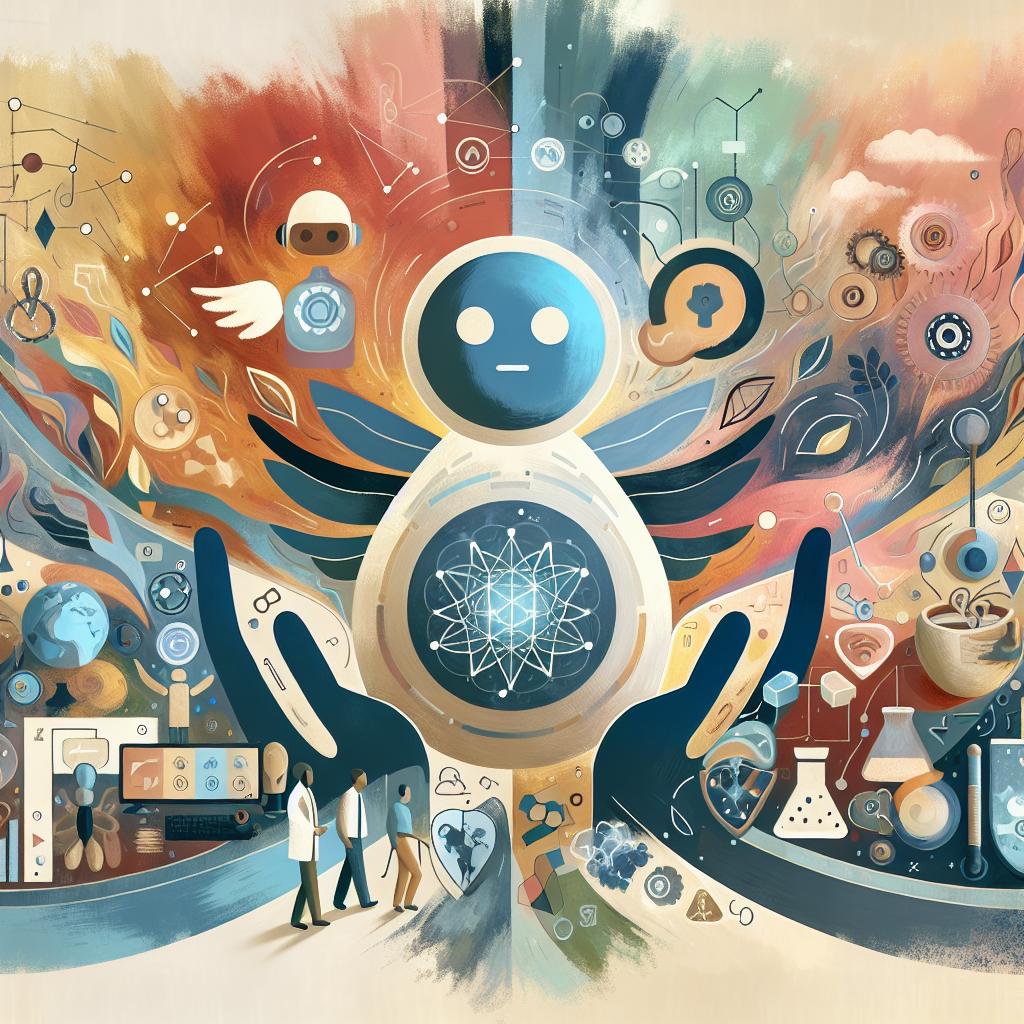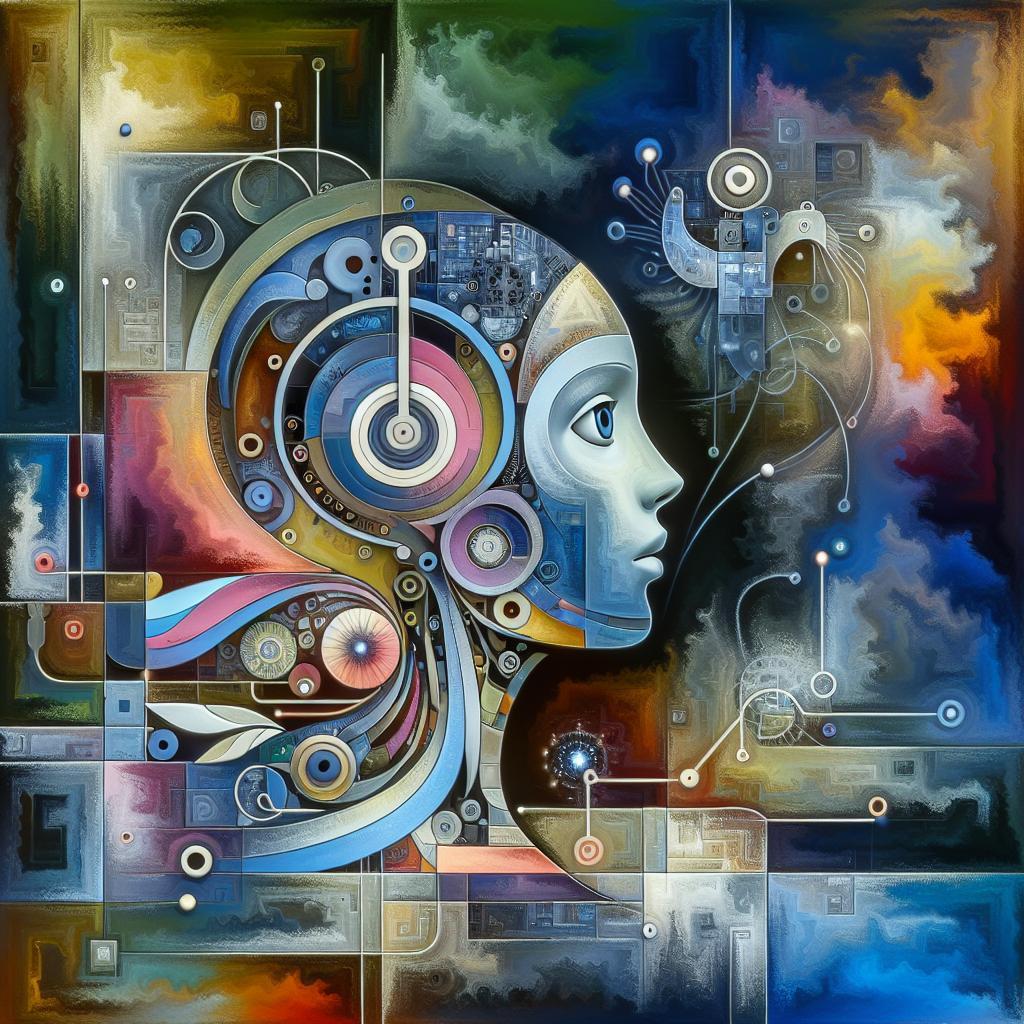In a world that thrives on connection and communication, accessibility is key to ensuring everyone has a seat at the table. Though technology has come a long way in bridging gaps, there are still barriers that can make navigating everyday life a challenge for individuals with disabilities. Enter chatbots—the friendly digital helpers that promise to revolutionize the way we interact with information and services. Imagine a world where anyone, regardless of their abilities, can easily access support and resources with just a few taps or clicks. In this article, we’ll explore the delightful ways chatbots enhance accessibility, empowering individuals with disabilities to communicate, engage, and thrive like never before. Join us on this journey to discover how a touch of technology can create a more inclusive future for all!
Empowering Communication: How Chatbots Break Down Barriers for All
In today’s digital landscape, chatbots serve as a powerful tool for fostering inclusivity, particularly for individuals with disabilities. By providing real-time assistance, these AI-driven interfaces can transform the way users interact with technology. This not only ensures that communication barriers are minimized but also offers a user-friendly experience. For instance, chatbots can assist people with visual impairments by delivering information through voice recognition, while those with hearing difficulties can benefit from visual text responses. The accessibility features they integrate often include:
- Text-to-Speech: Converts written text into spoken words, making it easier for users who struggle with reading.
- Speech Recognition: Allows users to interact with chatbots using their voice, removing the need for typing.
- Customizable Interfaces: Users can adjust settings such as font size and color contrast to suit their needs.
Moreover, chatbots can act as a bridge for those with cognitive disabilities. By simplifying complex processes and breaking down information into digestible chunks, they enhance understanding and engagement. Consider the following data showcasing various benefits of chatbot technology:
| Benefit | Description |
|---|---|
| 24/7 Availability | Users can access assistance anytime, eliminating the stress of waiting for support. |
| Consistent Responses | Users receive the same level of service without variation, supporting reliability. |
| Easy Navigation | Guided interfaces help users complete tasks without confusion, fostering confidence. |

Navigating the Digital World: Enhancing User Experience for Individuals with Disabilities
Chatbots are revolutionizing accessibility in the digital landscape by providing tailored support for individuals with disabilities. By utilizing natural language processing and machine learning, these AI-driven systems can effectively understand and respond to user inquiries, making information more accessible to everyone. Key features of chatbots that enhance user experience include:
- 24/7 Availability: Users can access assistance at any time, reducing barriers that come with traditional support channels.
- Voice Support: Integration of voice recognition allows users with visual impairments to engage with technology effortlessly.
- Customizable Interfaces: Tailored settings enable users to adjust text size, color contrast, and navigation styles, enhancing usability.
Furthermore, chatbots can simplify complex processes by guiding users step-by-step through tasks. For instance, booking an appointment or filling out forms can be made more intuitive with interactive dialogues that adapt to the user’s pace. By collecting user feedback, developers can continuously improve chatbot functionalities, fostering an inclusive environment. A simple comparison between traditional methods and chatbot capabilities can highlight these advantages:
| Traditional Methods | Chatbot Solutions |
|---|---|
| Limited hours of support | Available 24/7 |
| Long wait times | Instant responses |
| Rigid user interfaces | Customizable interactions |

Tailoring Conversations: Customizing Chatbot Interactions for Unique Needs
In an increasingly digital world, the ability to tailor chatbot interactions to meet the distinct needs of users with disabilities is crucial. By utilizing various customization options, chatbots can adapt their behavior and responsiveness based on individual preferences. For instance, users can choose to have text displayed in larger fonts, or some might prefer audio-based responses instead of text. These adjustments not only enhance the user experience but also empower individuals by providing them with the control to dictate how they interact with technology. Key customization options include:
- Text Size Adjustment: Allowing users to increase font size for better readability.
- Color Contrast Settings: Utilizing high-contrast color schemes to assist users with visual impairments.
- Voice Modulation: Offering a variety of voice choices and speed settings for audio responses.
Furthermore, these personalized interactions extend beyond standard features to embrace more advanced technologies like natural language processing and machine learning. By implementing these technologies, chatbots can recognize unique speech patterns or typing styles, allowing them to engage more effectively with users. For example, a chatbot might analyze vocal characteristics to tailor responses, ensuring clarity and comprehension. Here’s a quick comparison of the impact of different communication modes:
| Communication Mode | Impact on User Experience |
|---|---|
| Text Messaging | Enables users to engage at their own pace, ideal for those with cognitive disabilities. |
| Voice Interactions | Assists users with visual impairments, providing a hands-free experience. |
| Visual Assistive Features | Enhances interaction for users with hearing impairments via captions or sign language support. |

Building a More Inclusive Future: Best Practices for Implementing Accessible Chatbots
Creating a chatbot that is accessible to all users, including those with disabilities, requires careful consideration and an inclusive design approach. It’s crucial to ensure that the chatbot’s interface and responses are compatible with various assistive technologies. To achieve this, developers should focus on the following best practices:
- Use Simple Language: Keep language clear and straightforward to cater to users with cognitive disabilities.
- Ensure Keyboard Navigation: The chatbot should be fully operable via keyboard inputs for users who cannot use a mouse.
- Implement Screen Reader Compatibility: Structure content using proper markup so screen readers can convey information accurately.
- Provide Alternative Text for Visuals: Use descriptive text for images or icons to assist users with visual impairments.
Furthermore, it’s beneficial to test the chatbot with users from diverse backgrounds, including those with disabilities. Collecting feedback directly from these users can unveil unique insights and areas for improvement. Consider these additional strategies for building a more inclusive chatbot:
| Strategy | Description |
|---|---|
| User Testing | Engage users with disabilities to provide real-world feedback on accessibility. |
| Regular Updates | Continuously improve the chatbot based on user interactions and technological advancements. |
| Feedback Channels | Establish easy ways for users to report accessibility issues or suggestions. |
To Wrap It Up
As we conclude our journey through the transformative world of chatbots and their potential to enhance accessibility for people with disabilities, it’s clear that we stand on the cusp of a technological revolution. These friendly digital companions offer more than just assistance; they foster inclusion, empower individuals, and pave the way for a future where everyone can engage with the digital realm on their own terms.
Imagine a world where a simple conversation with a chatbot can unlock opportunities, bridge communication gaps, and enhance daily lives. This isn’t just a dream—it’s becoming a reality, one innovation at a time. As developers and businesses continue to embrace these tools, the impact will resonate far beyond the screen, creating a more inclusive society where everyone has a voice and a place.
So, let’s raise a toast to this new era of accessibility! With each step we take towards integrating chatbots into our lives, we are not only improving functionality but also celebrating the diversity that makes our world rich and vibrant. Together, we can harness the power of technology to ensure that no one is left behind. After all, a truly accessible future is one that welcomes all, and we’re excited to see where this journey leads us next.

